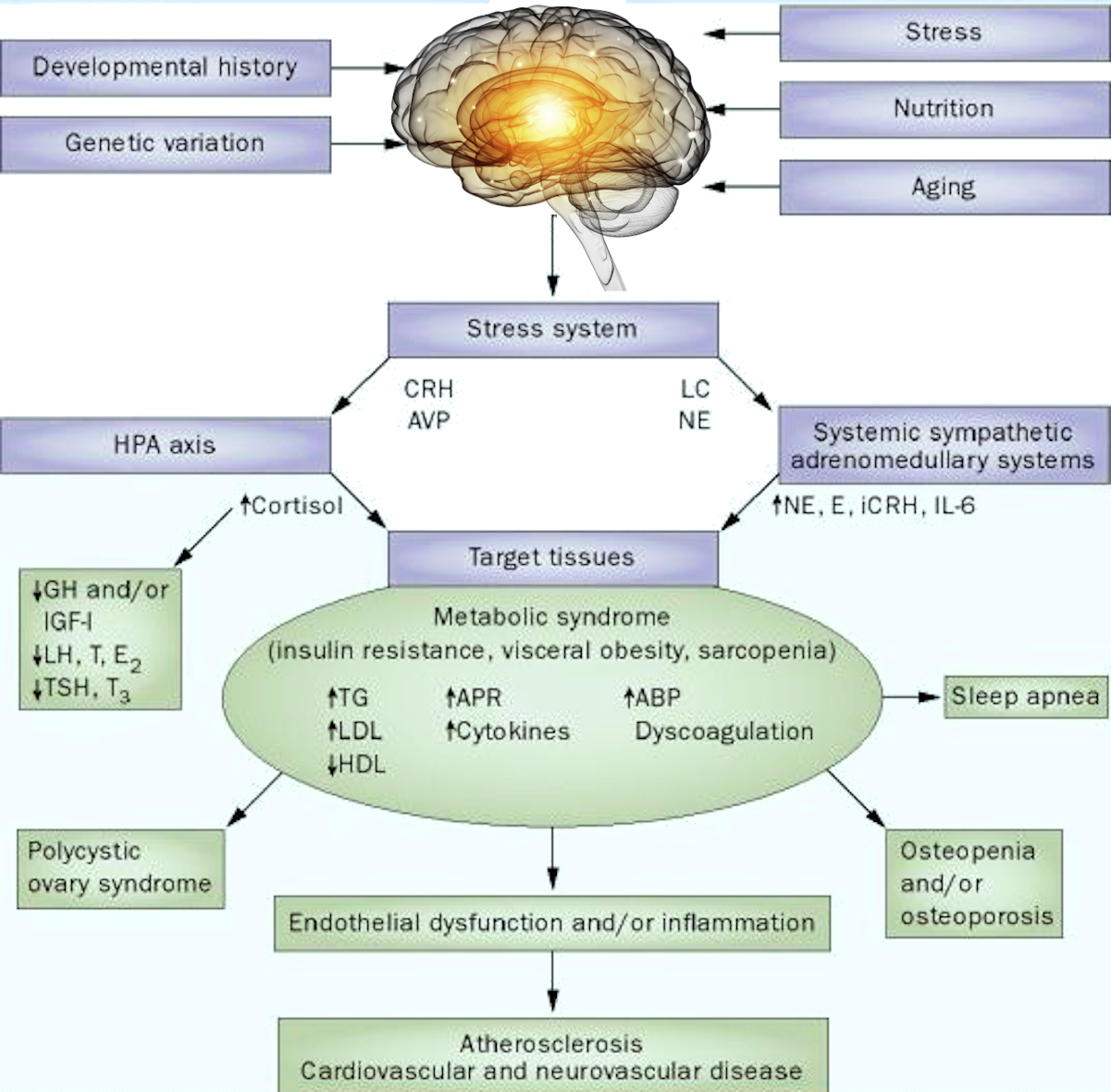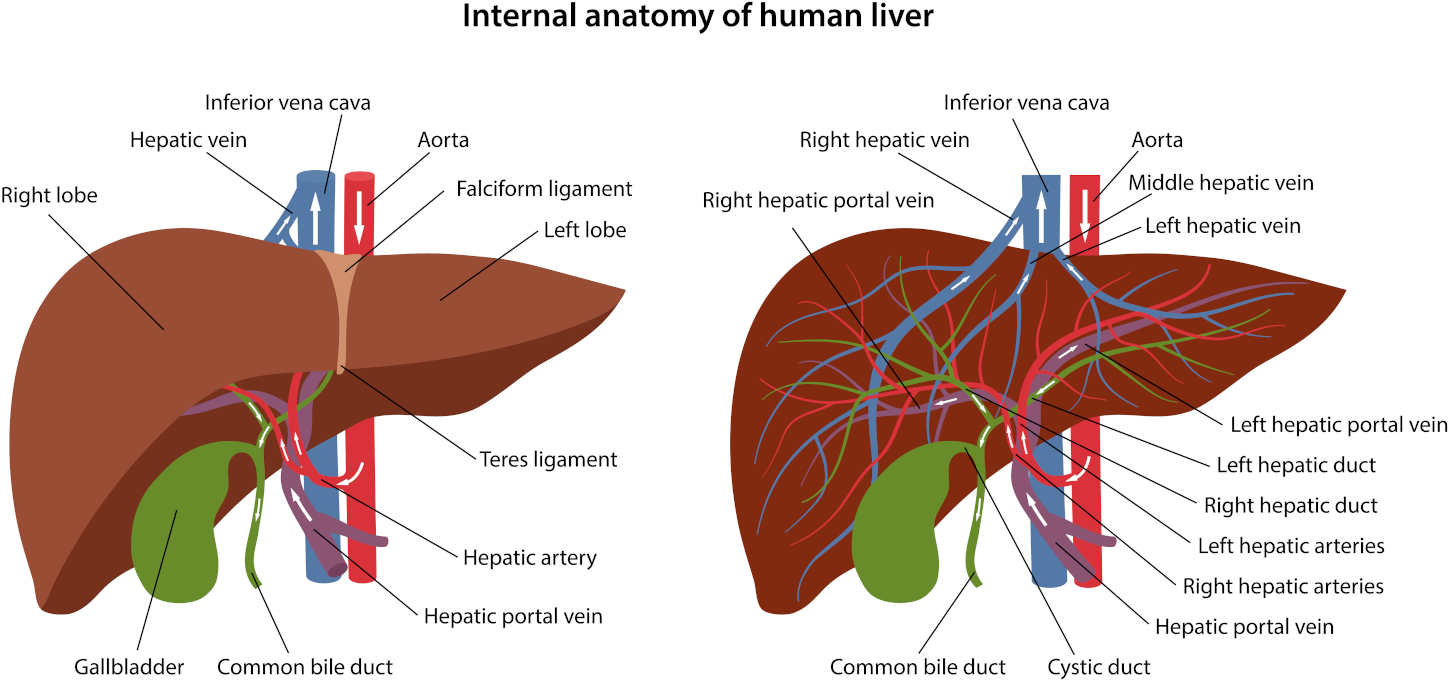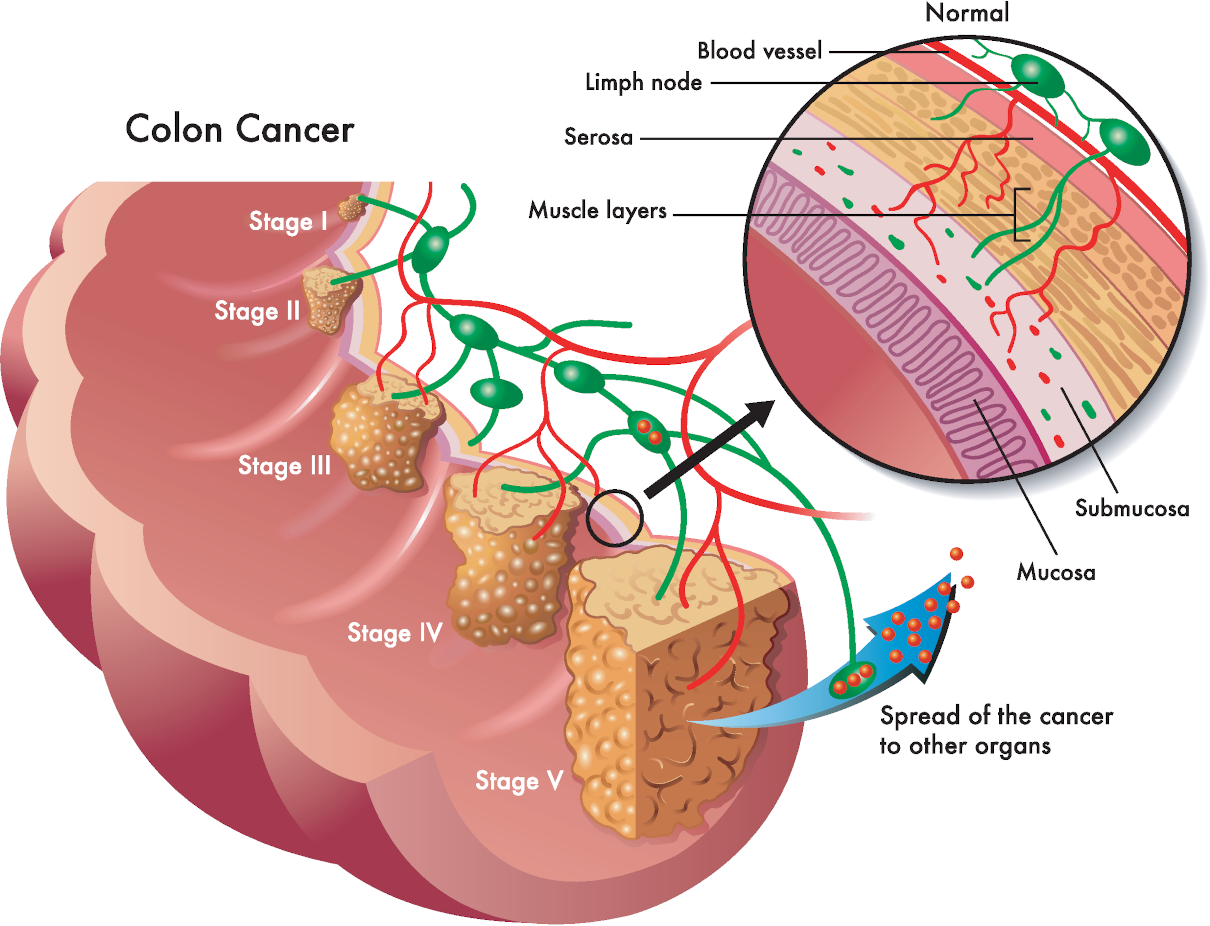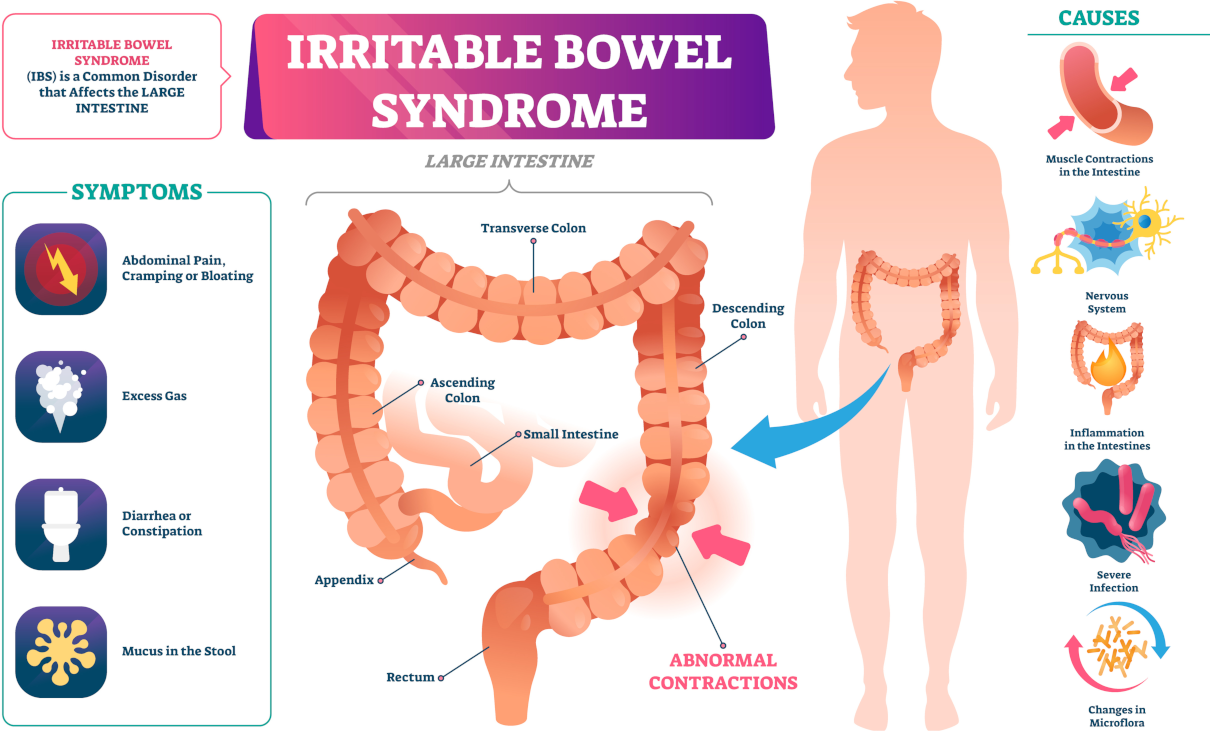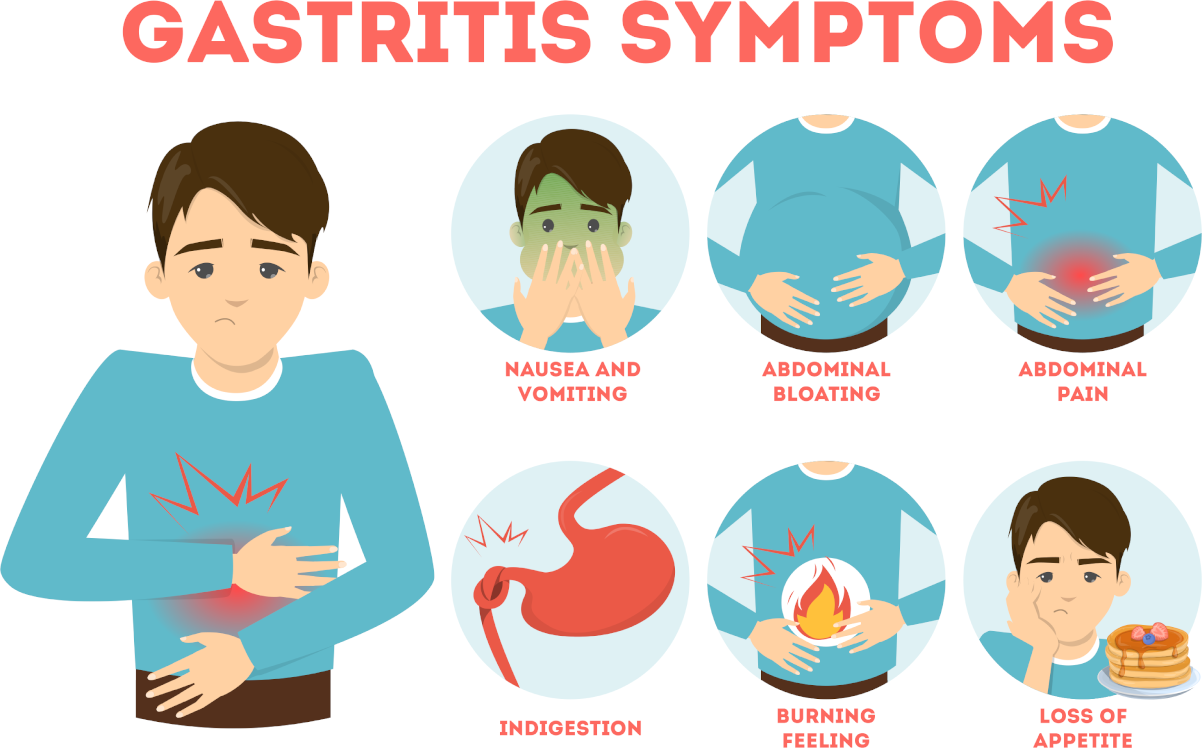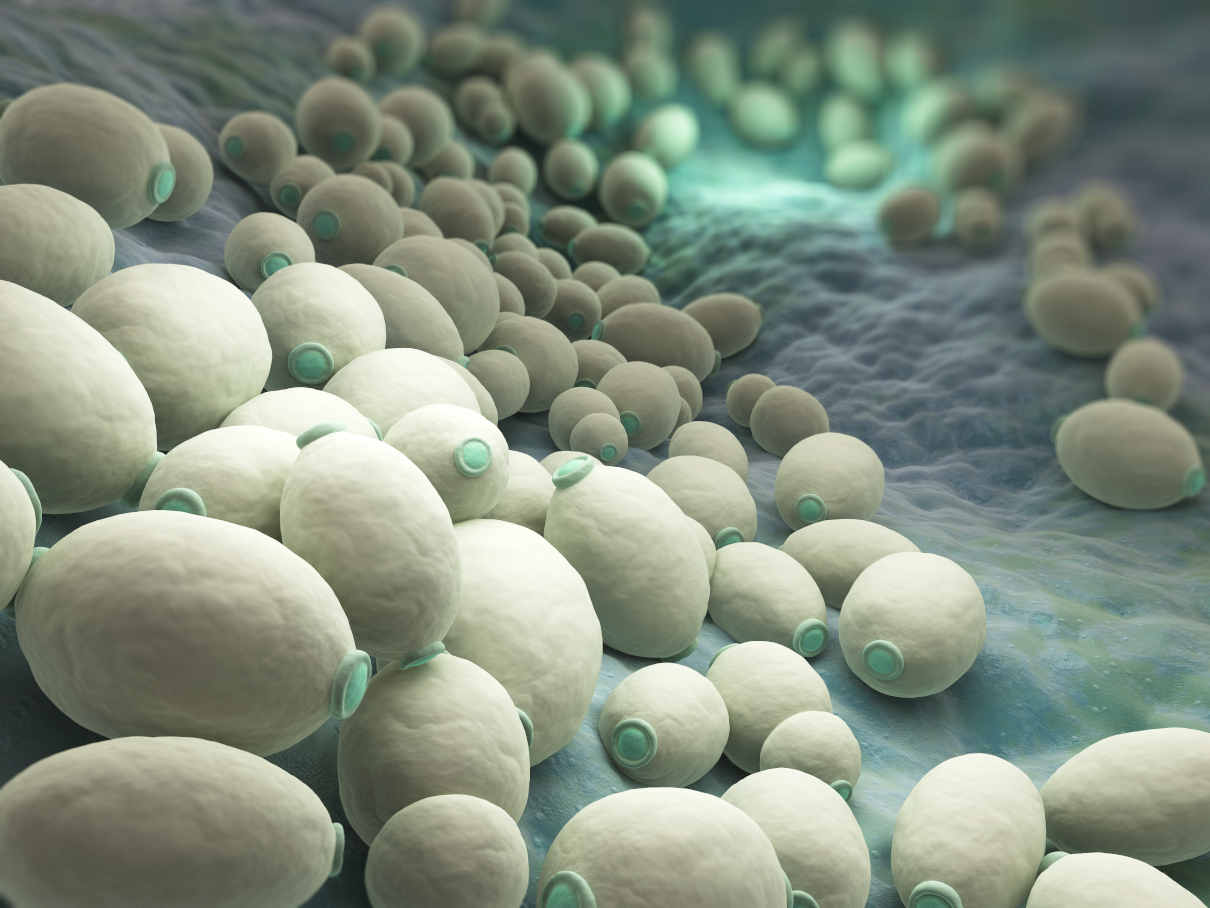
Candida auris is the latest of the Candida genus fungi discovered to date. Besides, as studies show, it is the most dangerous. Candida auris symptoms are hard to determine since the infection is poorly studied.
Properties
The main properties of this kind of candidiasis are:
- The ability to quickly enter the bloodstream and impact the internal organs;
- High resistance to all known antifungal medicines (resistance to various groups reaches 30-60%);
- the death rate in case of infection is more than 60%.
The specificity of the fungus’s life outside the organism of the infected patient or carrier of the pathogen is unknown. Besides, no Candida Auris cases were found in clinics and hospitals.
Moreover, pathogens in different countries have differences in structure and pathogenicity; therefore, there is an assumption about spontaneous mutations of already existing fungal populations under the influence of external factors, leading to Candida auris. But nobody has confirmed this theory yet.

Mini Detox PLUS – 3 colonics, minerals, herbal & probiotic implants
The ideal pattern of colonic treatments includes three alkalising colon hydrotherapy treatments with sodium bicarbonate, one anti-parasitic implant on the first treatment, one liver and gall bladder stimulating herbal implant on the second treatment, and high strength probiotic implant on the third colonic.
Candida auris symptoms and survival
Candida auris differs from other types of candidiasis infection in that it penetrates the bloodstream rapidly. Further, it causes fungal sepsis, which means the pathogen has spread to all internal organs.
So, the presence of fungus in the blood leads to Candida auris symptoms:
- Violation of the functions of oxygen delivery to tissues;
- Reduction in nutrient intake;
- All types of body protection get weak.
The pathogen also penetrates the liver, lungs, kidneys, brain and heart from the blood flow system. Reproduction of the fungal population gradually reduces the functional activity of these organs. Further, it leads to the development of multi-organ failure.

Bikini line waxing
Bikini zone depilation in our clinic in London has long been a standard procedure for women seeking flawless appearance. Removing unwanted vegetation in the bikini zone is particularly relevant in the summer, during the bathing season. Still, more and more women decide to depile the intimate area throughout the year: it is hygienic, sexy, and fashionable.
Symptoms
The state of patients’ health quickly turns into an extreme degree of severity, which manifests itself:
- frequent palpitations (> 100-120 per minute);
- a significant reduction in blood pressure (<80 to 40);
- increased respiration (> 25-30 per min);
- a decrease in the amount of urine released (<500-200 ml per day);
- weakness: a person can not even turn in bed;
- a violation of consciousness level: from deafness to coma;
- an increase of renal and hepatic markers in the blood (creatinine, bilirubin);
- The development of diabetes is due to impaired pancreatic function.
Death occurs in 60-70% of all cases due to the internal organs’ failure caused by total fungal resistance to the therapy. The time for pathology development is about one week.
The difficulty in treating a fungal infection caused by Candida Auris is high insensitivity to all antifungal medicines. The fact is that Candida auris symptoms are complex to determine.

One colonic irrigation session including consultation
Colon irrigation and comprehensive consultation with a professional colon hydrotherapist registered with RICTAT and ARCH at the Parkland Clinic in Holborn. We use a closed system only—London’s best colonic hydrotherapy deal.



